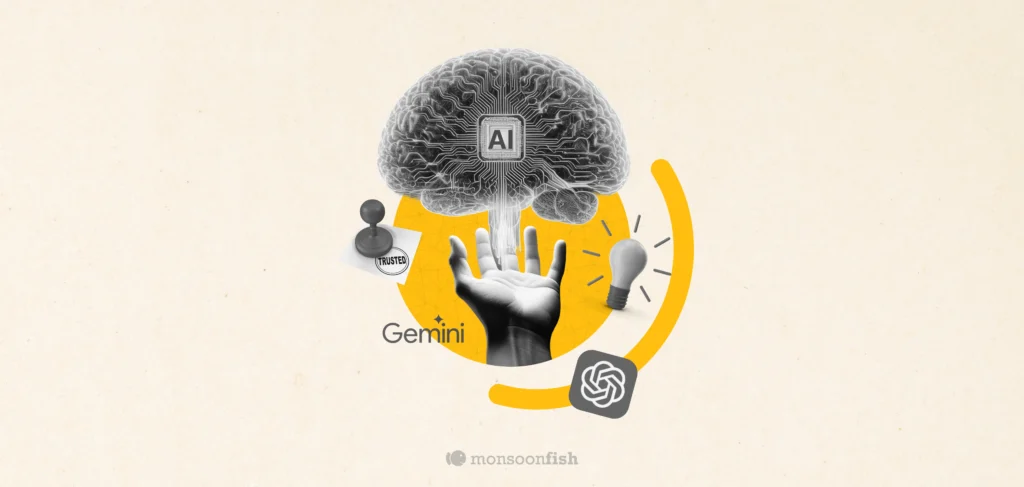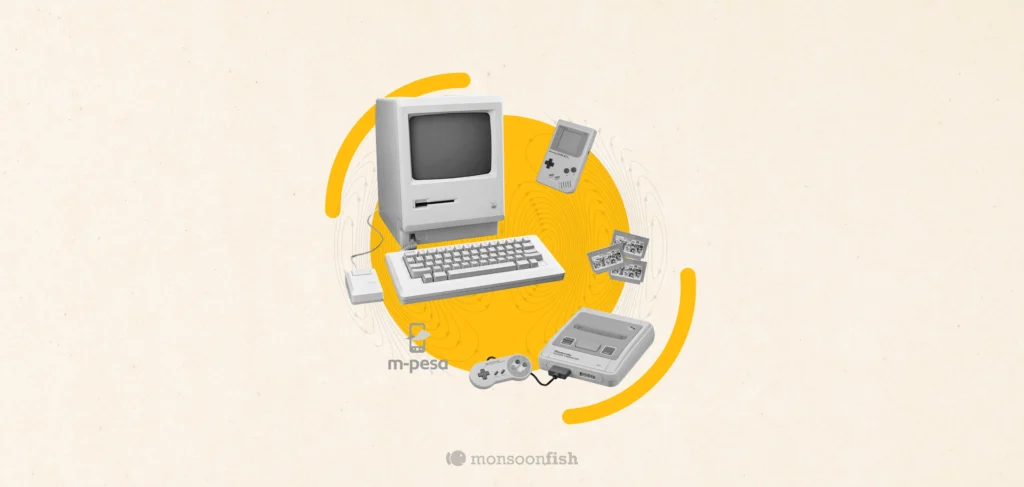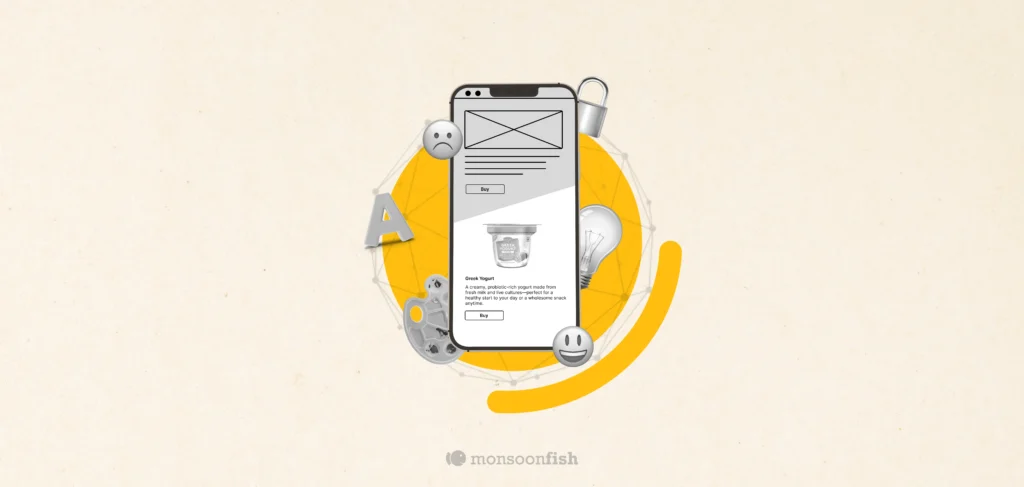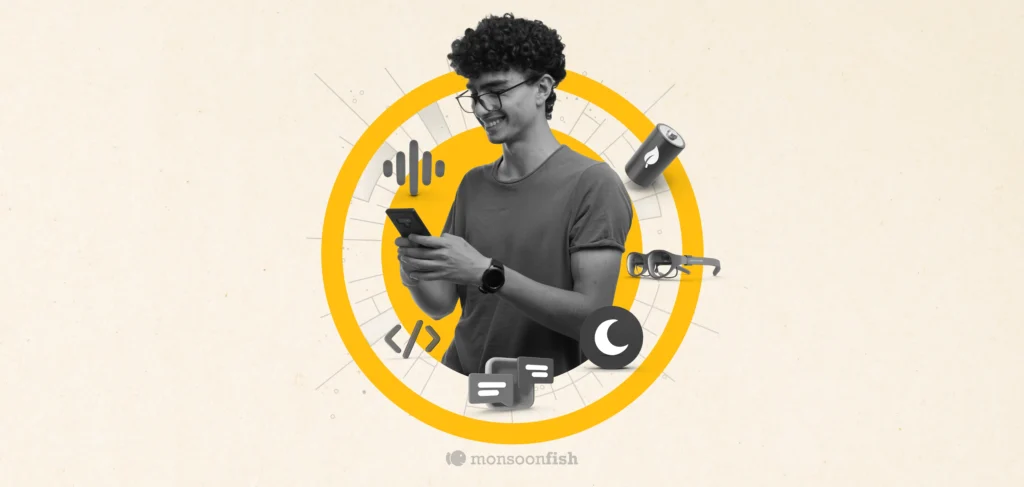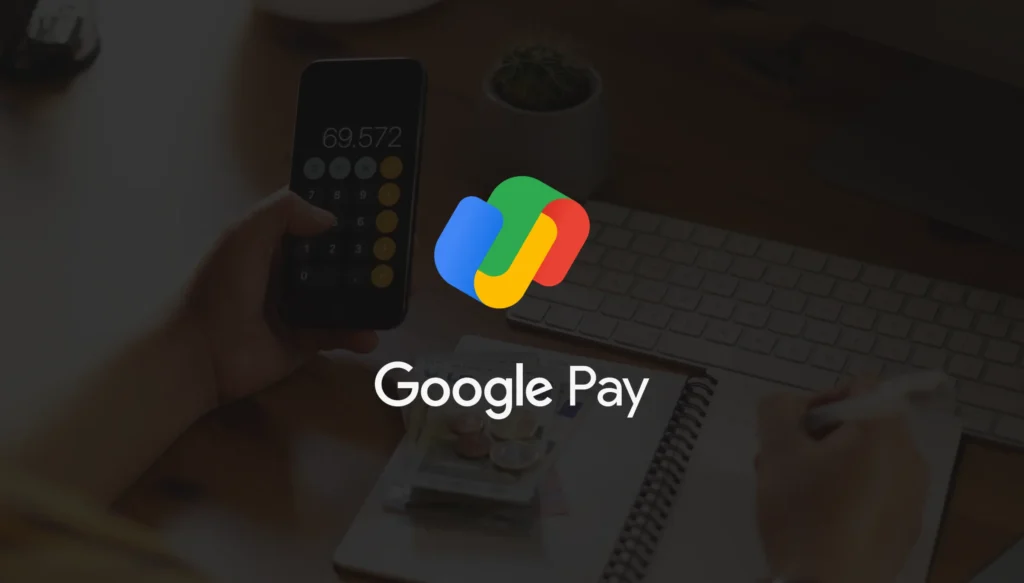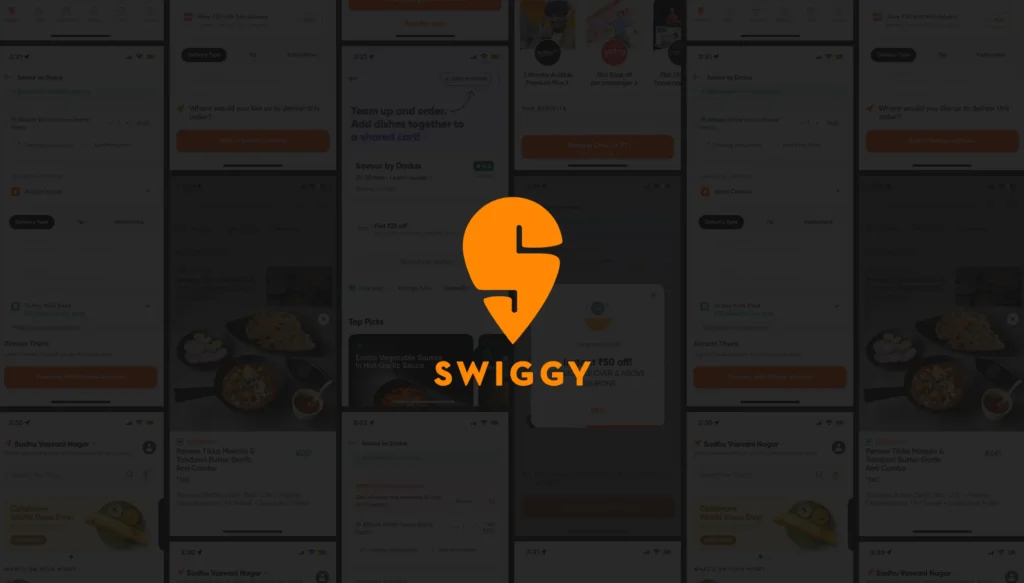Top 10 Product Design Trends For 2025
Discover the top 10 product design trends for 2025 shaping UX, innovation, and user engagement. Stay ahead with insights on the future of design.
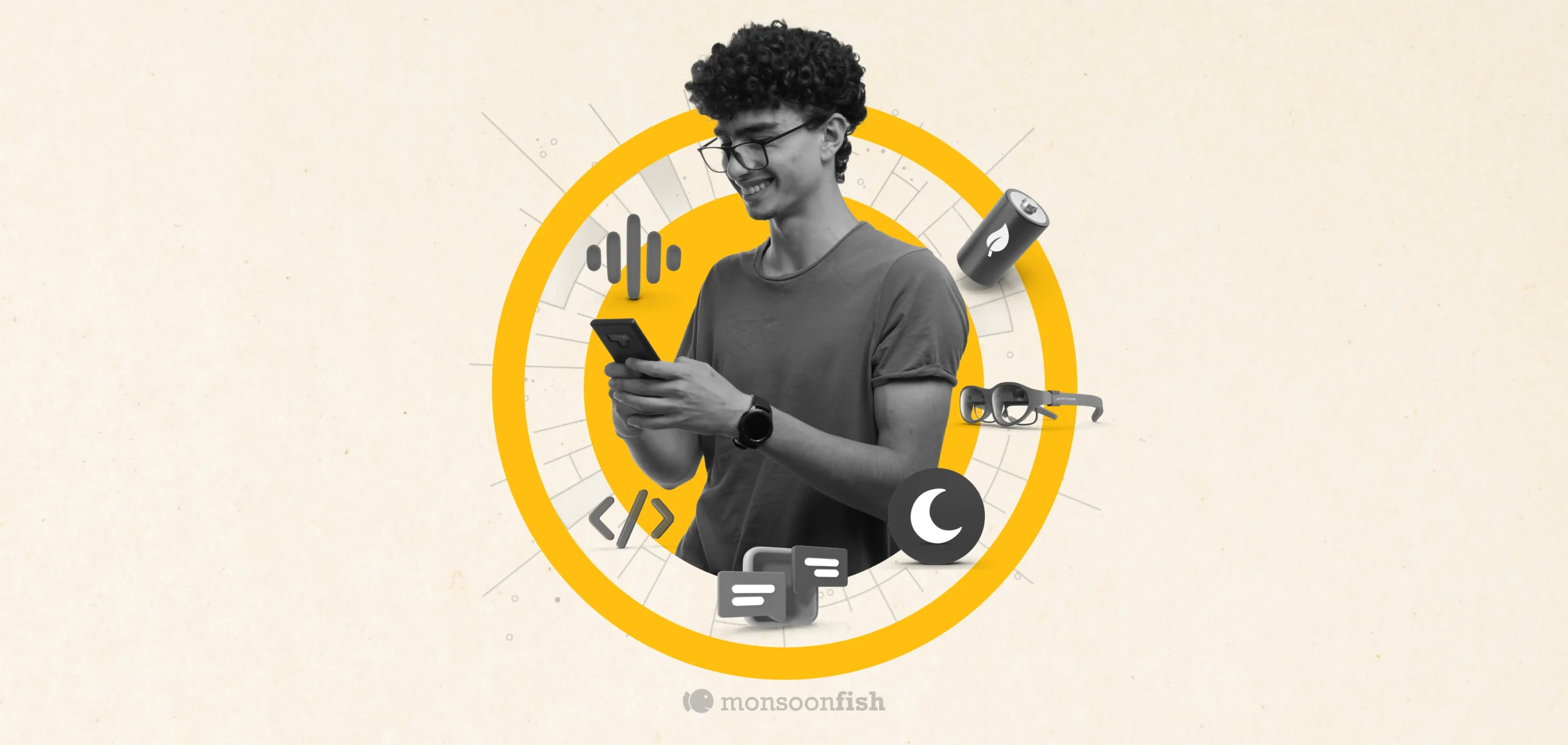
It’s 2025 and technology and development are making waves of change. How is your product keeping up with the product design trends? With AI, sustainability and user-centric innovation taking up a larger space in the world of business, it’s more important than ever for your product to keep up. Businesses are achieving up to 32% higher revenue growth and 56% increased shareholder returns by making design the hero in their building process. In the coming decade, products need to break out from being simply aesthetic and embrace meaningful and intuitive experiences that connect deeply with their users.
What should you expect in 2025? In the upcoming year, look out for these latest product design trends, we’ve put together:
The 10 Best Product Design Trends Shaping 2025
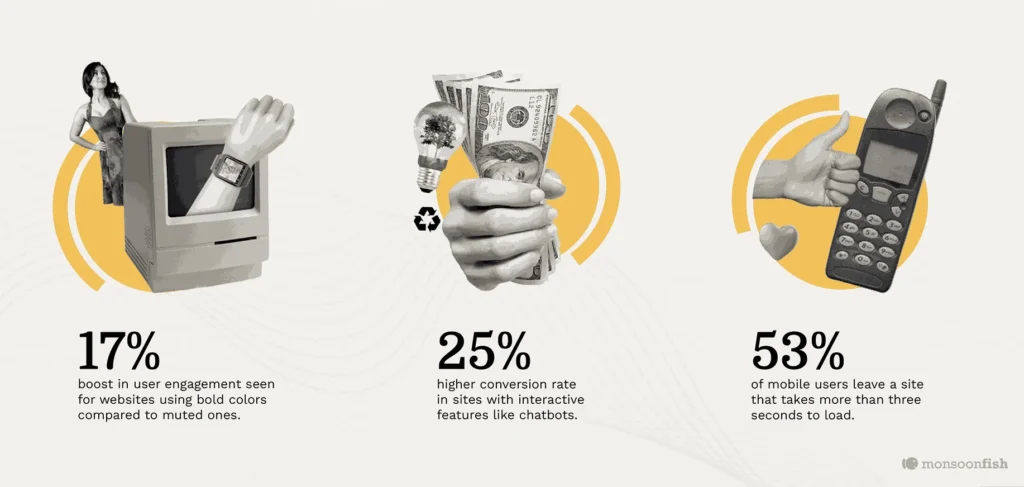
1. AI-Powered Innovations
With Artificial Intelligence (AI) accelerating the game in product design, innovation is faster, smarter, and more personal than ever. According to reports, AI might handle up to 80% of typical design tasks, increasing productivity by nearly half.
By taking over repetitive mundane tasks, cutting down prototyping costs and deriving insights from pools of data AI has truly emerged as a great companion.
Businesses today use tools like Autodesk’s Generative Design, which quickly offers optimized design variations; Adobe Sensei, streamlining complicated creative tasks; and UX Pilot, significantly speeding up user experience workflows.
At Monsoonfish, we’re tapping into AI powered UI/UX that feel intuitive, engaging, and genuinely helpful. By blending AI into our design processes, we turn complicated systems into smooth, responsive interactions that adapt naturally to how users behave.
Our design experts see AI as more than just a tool—it’s becoming a creative partner:
“AI has helped us remodel some traditional design processes which has allowed us to create and ideate more to build personalized user experiences. While its use in our processes is becoming the new normal, in the coming year we are doing more experimental AI stuff.”
The future clearly points toward highly personalized, adaptive experiences. AI isn’t just reshaping product design; it’s setting a new standard for what’s possible.
2. Inclusive and Accessible Design
Inclusive and accessible design have become non-negotiable as we design products today. Your product needs to check the boxes of accessible design so people with disabilities aren’t left out. Simple things like captions under videos, gesture based interfaces, adding alt descriptions for images can completely change the experience for someone with vision issues, hearing difficulties, or limited movement.
Inclusive design differs slightly by broadening the scope even more. It focuses on building products that suit as many people as possible—no matter their age, ability, or situation. Apps built to be used just by your thumb, or websites that adjust based on language/reading ability are what would fall under inclusive design.
One area that really excites us right now is voice-based technology. Existing tools like Amazon Alexa or Google Assistant highlight how powerful voice control can be, making tech more accessible and convenient, especially when someone needs to go hands-free or requires extra assistance.
For our UI/UX design agency, inclusivity and accessibility aren’t add ons—they’re worked into our design strategy.We are constantly interacting with users from all walks of life to deeply understand reel user needs. Our thorough research process draws out insights which are then translated into the design itself. Every interface, every product reflects these user insights. Our goal is to build products that people genuinely want and love using.
Inclusive Design not all means wider audience, it also means the respect that comes from users for thoughtful and true user-focused innovation.
3. Sustainable Product Design
Sustainability ranks high on the priority list for users. In fact a 2024 survey revealed that about 80% of customers would be more than happy to pay 10% more for a sustainably crafted product. In the last five years, online searches for ‘eco-friendly products’ have bumped to 71% which highlights this shift.
Sustainability is not only ethical but also gives your product a competitive edge in the market. As a digital product business, dealing with electronic waste (e-waste) is going to become a mandate.
But how does this eco-awareness translate for the world of digital product design?
Although digital experiences seem intangible, the technology that powers them has a real, lasting impact on the environment. Every app, website, and digital product depends on devices, data centers, and networks—each consuming energy and contributing to electronic waste over time.
In the UI/UX design industry, frequent updates and redesigns often lead users to upgrade their devices just to keep up. Apps that aren’t optimized for older hardware can cause devices to slow down, encouraging replacements sooner than necessary. Additionally, heavier interfaces and resource-intensive animations increase energy usage on both mobile and desktop devices.
At Monsoonfish, we’ve seen firsthand how design choices can either help or harm in this regard. As our team explains:
“When products are designed without performance or sustainability in mind, it puts more pressure on devices—and that causes them to become outdated faster.. Lighter, more efficient designs don’t just improve UX; they can extend the useful life of the tech people use every day.”
Carbon emissions and electronic waste are indirectly generated by products requiring excessive energy or frequent hardware upgrades. Design choices made for product aesthetics and usability today contribute to a larger ecological footprint which might not always be visible.
This shift in thinking—designing for efficiency, not just aesthetics—will become more important in 2025, especially as users grow more aware of the hidden environmental costs behind their screens.
4. Advancements in Design-Based Codes for Enhanced Interaction
Click and taps don’t cut it for digital interactions with the advancement of digital interactions. Interfaces today aren’t simply static, they are experimental, dynamic, more interactive and hyper personalised to adapt to the user behavior instantly. Design-based coding plays a big role in how users are interacting with digital products by using flexible, smarter and more responsive programming.
This trend emphasizes clean and efficient coding frameworks that prioritize seamless performance and intuitive interactions. Technologies like React, SwiftUI, and Flutter have significantly matured, enabling designers to create highly responsive digital experiences without compromising speed or user satisfaction.
Our development teams recognize that future-ready designs require deep synergy between design thinking and advanced coding frameworks. By integrating design-driven code into their workflow, we create interactive products that feel more natural and engaging to users.
As the best UI/UX agency, our team believes that,
“The boundary between design and development continues to blur, and we predict this convergence will accelerate in 2025. Designers who understand coding frameworks—and developers who appreciate good design—will create interactions that feel remarkably intuitive and human. We see this fusion driving more emotionally resonant experiences, particularly as AI and design-based coding align even closer.”
Businesses looking to stay ahead in 2025 should prioritize designs that embrace coding innovations, creating products that not only look great but feel effortless, interactive, and highly personalized.
5. Emphasis on Bold Colors
The use of bold colors in product design continues to appeal users, infusing interfaces with energy and personality. Vibrant hues not only grab attention but also evoke emotions, making products more memorable. For instance, a tax filing app utilizing a bright teal accent can convey innovation and trust, while a health drink platform employing bold oranges may evoke vitality and warmth.
Bold colour palettes hold the power to enhance user engagement. By integrating striking palettes thoughtfully, they create interfaces that are both visually appealing and functionally effective. Their recent project, showcased on their Instagram, demonstrates the strategic use of bold colors to guide user attention and create intuitive navigation paths.
6. The Rise of Minimalist Design
Minimalist design continues to remain a top product design trend in 2025, focusing on simplicity and clarity. By removing unnecessary elements, digital products become more intuitive, accessible, and enjoyable. From mobile apps to wearable interfaces, minimalism helps users interact effortlessly.
From mobile apps and smartwatches to dashboards and websites, minimalism is everywhere, helping people accomplish tasks effortlessly. For UX design companies adopting this style, each design decision should have clear intent, reflecting core product design ideas without any visual or functional clutter. In short, minimalism is about communicating more effectively by using less.
Our team believes: “Minimalist design will remain relevant because users want simplicity. Effective minimalism is about achieving clarity, not emptiness, ensuring unique product designs that resonate deeply.”
7. Dark Mode Aesthetics
By 2025, dark mode has shifted from just another trendy feature to something users genuinely expect from digital products. People prefer it not only because it looks sleek and modern, but also because it helps reduce eye strain—especially when using devices late at night or in dim lighting. It also helps extend battery life, especially for smartphones and devices with OLED screens.
Creating a great dark mode isn’t just about reversing color schemes. Designers have to carefully handle contrast, make sure text stays easy on the eyes, and ensure visual comfort throughout. It’s essential to choose colors, icons, and images carefully, making sure everything stays clear and visually pleasing no matter how users interact with the interface.
At our user experience agency, our team prioritizes user comfort and practicality in our dark mode designs. For example, when we redesigned Shepherd’s platform, we created a dark mode that users genuinely enjoyed interacting with. The result was an intuitive dashboard that felt easy to navigate, even after prolonged usage.
Our experts at Monsoonfish note:
“Dark mode has always been cool and fun to experiment with. In the coming year, we expect that thoughtful dark mode design will become a standard measure of good UX, helping products stand out and ensuring they’re accessible for all users.”
8. Immersive 3D/AR/VR
Augmented reality (AR) and virtual reality (VR) have become much more common, making their way into everyday experiences across industries like retail, gaming, education, and healthcare. Brands increasingly use these technologies because they offer users a chance to interact with products in ways that were previously impossible.
In product design, AR helps people visualize items before buying—like furniture shoppers checking how a new couch would fit into their living room, or fashion customers virtually trying on clothes and accessories. VR, on the other hand, immerses users in entirely digital environments, which is great for training simulations, virtual tours, or testing new product concepts without physically building prototypes.
The key benefits of AR and VR include enhanced user engagement, reduced costs for prototyping, and creating memorable experiences that boost brand loyalty. For example:
- Retail: IKEA uses AR to help customers visualize furniture at home before buying.
- Fashion: Brands like Nike allow customers to virtually “try on” shoes through AR experiences.
- Real Estate: VR tours are an interesting way to showcase properties to potential but remote buyers.
- Education: Interactive AR apps help students visualise and comprehend complex subjects like anatomy or astronomy.
9. Narrative-Driven Design
What better than stories to allow people to connect to a product. Narrative-driven essentially means intertwining stories into your product’s design to make it more memorable, relatable and engaging. Narrative-driven design is even more prevalent now as the market gets saturated with increasing numbers of products.
What does that mean for product design? It’s like guiding a character through a meaningful journey. Have a consistent visual story, clear onboarding experience and relatable personas within the product to ace this sense of narrative.
When we craft products, we ensure that they tell a story by mapping out user journeys that reflect realistic scenarios. For instance, in one of our projects for pet owners, we’ve created onboarding flows where each step logically follows the user’s natural decision-making process for their pets subtly building a narrative that keeps users involved and motivated.
Here are a few practical hacks to incorporate narrative-driven design:
- Clearly define your user’s story: Understand what motivates them, their struggles, and goals.
- Be consistent: Your narrative should flow smoothly throughout the entire product experience.
- Use microcopy effectively: Tiny bits of text can strengthen the storytelling aspect significantly.
Our experts at Monsoonfish suggest:
“Narrative-driven design is strategic. Products emphasizing storytelling always stand apart because they resonate deeply, making users feel understood and valued rather than ones build without it”
10. Word – Oriented Design
Word-oriented product design idea emphasizes the careful use of language and text within digital products to guide users clearly and intuitively. This design approach pushes you to not reply solely on visuals. Every element, every interaction from buttons, hover, onboarding messages etc. should communicate meaning, enhance overall user experience.
The key benefits include improved clarity, higher user engagement, and better accessibility. Well-crafted words reduce confusion, making products easier and more enjoyable to use.
Some core concepts of word-oriented design involve thoughtful microcopy (small snippets of text guiding interactions), tone consistency, clear error messaging, and conversational language that resonates naturally with users.
For designers looking to adopt this approach, our Monsoonfish team recommends:
- Prioritize microcopy: Even small changes in wording can significantly improve user comprehension.
- Maintain consistency: Language should feel uniform across all interactions.
- Test and refine: Constantly evaluate how users respond to your wording choices.
At Monsoonfish, we carefully choose words that make interactions simple and engaging, such as intuitive onboarding flows and clear error messages that help rather than frustrate.
Our experts note:
“The words you choose in design are just as powerful as visuals. Smart wording makes products feel more human, trustworthy, and easier to connect with.”
Incorporating Product Design Trends into Business Strategy
Today’s market moves incredibly fast, so businesses can’t ignore shifts happening in product design. Picking up on these trends early can be the difference-maker—especially when you’re fighting for attention in a crowded space. It’s no longer enough to treat design as just an add-on; instead, build it directly into your strategy. Hire talented designers, encourage fresh thinking across your team, and work alongside expert design partners. Doing this right means your products genuinely connect with real users, giving you a clear advantage and setting your brand apart.
Product Design Statistics and Market Analysis
Product design never stands still—it’s always shifting and changing, which means plenty of new opportunities pop up for both businesses and designers who stay tuned in. Below are key statistics highlighting the significance of user experience (UX) design and emerging market trends:
UX ROI: Every $1 spent on UX design yields approximately $100 in returns (ROI: 9,900%). (UXCam)
Conversion Improvement: Increasing UX budget by 10% boosts conversion rates by up to 83%. (Nielsen Norman Group, as referenced by VWO)
Competitive Edge: 77% of brands say customer experience (CX) and UX are their main differentiators in the market. (Maze)
Career Growth: UX design is among the top 10 fastest-growing careers globally, projected to expand steadily through 2030. (Medium)
Accessibility Demand: Due to regulations like the European Accessibility Act, demand for inclusive UX design is increasing rapidly, influencing over 50% of UX decisions by businesses in 2025. (Zalando Design)
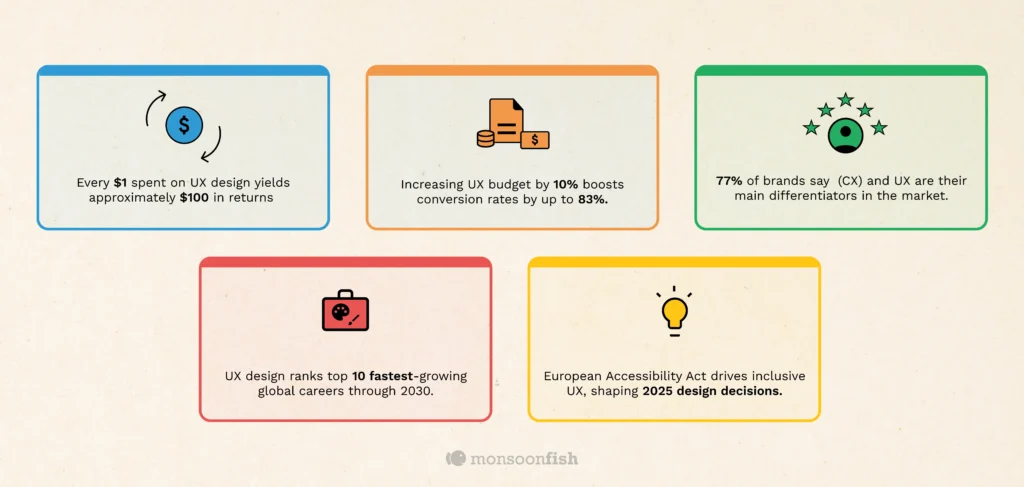
Take-away
We’re already in 2025, and product design keeps changing faster than ever. For businesses wanting to stay in the game, design isn’t something you can overlook anymore. We’ve explored trends like vibrant colors, clean minimalism, immersive AR experiences, and designs that tell real stories. But the big takeaway? Good design isn’t just about looking nice—it’s about genuinely understanding your audience and making their lives easier and happier.
Keeping up isn’t just optional these days—it’s essential if you want your brand to stick around. Companies that really listen to what their customers want, move quickly when things change, and prioritize thoughtful UX design will always have an edge.
If you’re aiming to put these ideas into action and deliver something your users will love, come talk to us at Monsoonfish. Our team handles everything from detailed UX audits and UI design to interactive experiences and in-depth user research. We’re always excited to help brands create products people actually enjoy using.
Interested in starting a conversation? Reach out to Monsoonfish here. Let’s create something amazing together.
CATEGORIES
